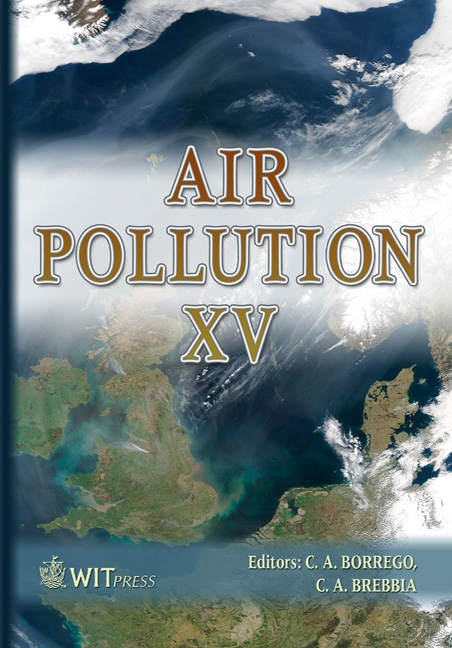Application Of TAPM To Predict Photochemical Air Pollution Over Portugal
Price
Free (open access)
Transaction
Volume
101
Pages
9
Published
2007
Size
727 kb
Paper DOI
10.2495/AIR070031
Copyright
WIT Press
Author(s)
C. Ribeiro, C. Borrego & M. Coutinho
Abstract
The main objective of this paper is to study photochemical air pollution in Portugal through the application of the \“The Air Pollution Model” (TAPM) (version 2.0), a 3D prognostic model that solves the fundamental fluid dynamics and scalar transport equations to predict both meteorology and air pollution concentrations. The possibility of using a meso-meteorological and dispersion model on an hourly base during an entire year represents an important achievement for air quality studies. The model was applied to Portugal, for the year 2003, to predict ozone concentrations. The simulation domain was 350 x 700 km with nested horizontal resolutions of 30 and 10 km. This domain included the entire Portuguese mainland and some of the surrounding ocean in order to adequately simulate the complexity of the atmospheric flow. Model predictions of meteorological surface parameters, such as wind and temperature, were compared with measurements of six meteorological monitoring sites. The Index of Agreement (IOA) was applied between observations and model results predicted on one year-long meteorological parameters. IOA is greater than 0.50 for all parameters, indicating a good agreement with measurements. Predicted ozone concentrations were compared with measurements from twelve air monitoring sites using the Paired Peak Estimation and the Median Bias Error. This numerical tool demonstrates a satisfactory performance to calculate mesoscale circulation patterns and photochemical air pollution over Portugal, providing important information to be used by decision-makers for air quality assessment. Keywords: photochemical air pollution, mesoscale simulation, ozone.
Keywords
photochemical air pollution, mesoscale simulation, ozone.





